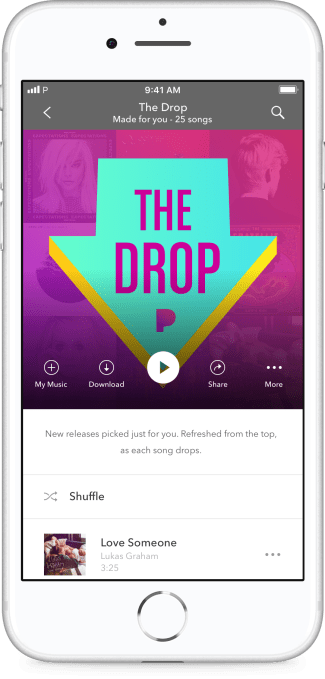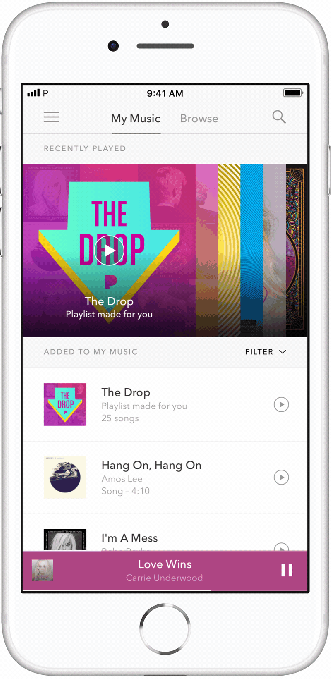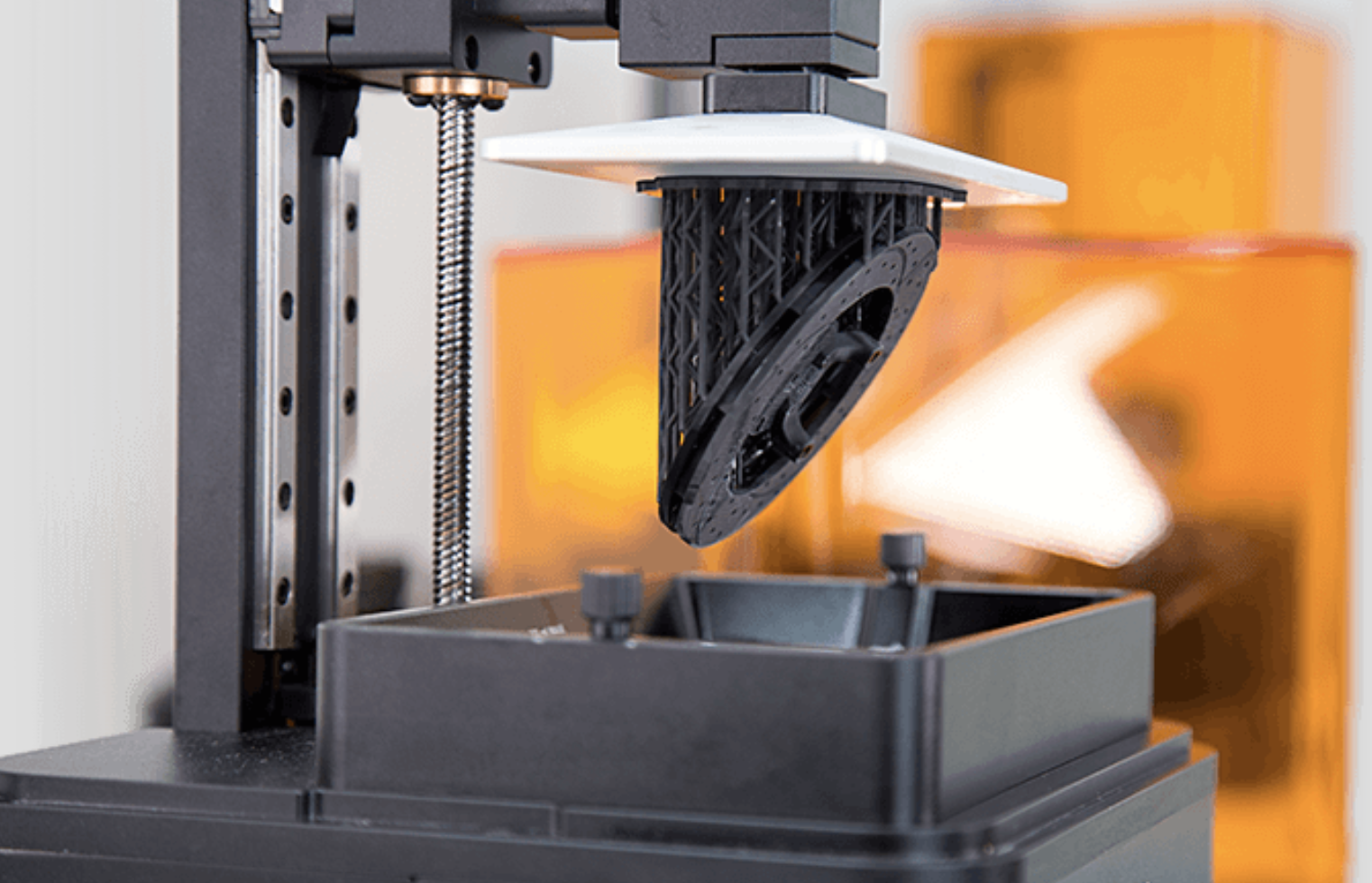A multi-month investigation by Sweden’s Medical Products Agency into a number of unwanted pregnancies among users of ‘digital contraception’ app Natural Cycles has been closed after the startup agreed to clarify the risk of the product failing.
But, on the self-reported data front, the agency said it was satisfied the number of unwanted pregnancies is in line with Natural Cycles’ own clinical evaluations which are included in the certification documentation for the product.
In its marketing and on its website Natural Cycles describes the app-based system as “93% effective under typical use” — a finding that’s based on a clinical study it conducted of more than 22,000 of its users.
The investigation by Sweden’s MPA began around eight months ago, after a number of users in Natural Cycle’s home market had reported unwanted pregnancies to a local hospital — which then reported the app to the regulator.
The Natural Cycles app uses an algorithm to track fertility by monitoring the user’s menstrual cycle. The process requires women take their body temperature at least several times a week, and do so first thing in the morning, inputting the data into the app which is designed to adapts its ‘fertile’ or ‘not fertile’ predictions to each user’s cycle.
Several users have reported falling pregnant while using the app. But the proportion of women who have done so (at least in Sweden) is in line with efficacy rates reported by Natural Cycles, according to the regulator’s assessment.
Earlier this year the MPA said it had received “approximately 50 complaints” related to unwanted pregnancies in users of the app. But late last week it announced it had concluded its assessment of the app — which it said focused on “product safety, instructions for use and post market surveillance documentation in order to confirm if the product is in compliance with regulations”.
As well as looking at parts of the certification documentation for Natural Cycles, the agency says it assessed monthly reports of unwanted pregnancies among active app users in Sweden, covering a six-month period — with pregnancy data supplied by the company itself on a month by month basis during the first half of 2018.
The agency found the number of reported unwanted pregnancies reported by users to be in line with Natural Cycles’ certification documents for the product, finding a failure rate in typical use of 6.9%.
But it also asked the company to clarify the risk of unwanted pregnancies in instructions for the app.
“Our conclusion is that the number of unwanted pregnancies during the assessed time period is consistent with data shown in the clinical evaluation included in the certification documentation. Since it is important that a contraception app is correctly used, we requested the manufacturer to clarify the risk of unwanted pregnancies in the instructions for use and in the app. These issues have been addressed by Natural Cycles and thereby our review is completed,” said Mats Artursson, investigator at the agency in a statement.
As we reported earlier this year, the startup has lent heavily on aggressive social media marketing of its novel ‘digital contraception’ method — which has sometimes appeared to downplay the risk of failure for what is undoubtedly a relatively complex contraception option, given it requires users to consistently self-monitor (and accurately measure their body temperature) as well as use alternative contraception on days when the app informs them they are fertile.
Natural Cycles admits that factors such as illness, disrupted sleep, drinking alcohol and having an irregular menstrual cycle can have a negative impact on the accuracy of its algorithmic fertility predictions. And says itself that the method is not a suitable contraception choice for every individual.
Nor does the app offer any protection against STDs — unless users combine it with additional barrier methods of contraception.
But despite that, until very recently on its website (and in some of its marketing) Natural Cycles has been making the misleading claim that its contraception app is “99% effective” if used “perfectly”. (Perfect use implying, well, superhuman use.)
And just last month the company was wrapped on the knuckles by the UK’s Advertising Standards Authority — which banned one of its social media ads for being misleading, also warning the company against exaggerating the efficacy of the app in preventing pregnancies.
The assessment by the Swedish MPA looks to have reached similar conclusions about certain aspects of the claims Natural Cycles’ has been making for the app.
When we covered the ASA’s ruling last month Natural Cycle’s website still included the misleading 99% ‘perfect use’ claim — within this confusingly worded paragraph: “With using the app perfectly, i.e. if you never have unprotected intercourse on red days, Natural Cycles is 99% effective, which means 1 woman out of 100 get pregnant during one year of use.”
It’s since scrubbed the paragraph from its website, focusing solely on the 93% effective stat — on which it now writes: “Natural Cycles is 93% effective under typical use, which means that 7 women out of 100 get pregnant during 1 year of use. Typical use effectiveness takes into account all possible reasons for becoming pregnant while using the app: from having unprotected sex on a red day, to the app wrongly attributing a green day or the chosen method of contraception on a red day having failed.”
It’s not clear whether Natural Cycles removed the 99% ‘perfect use’ claim as a result of the ASA ruling — or following the Swedish MPA’s assessment. (We’ve asked the company to clarify the exact changes it made related to the MPA’s findings, which the regulator also says relate to software versioning, and will update this story with any response.)
Its app gained certification as a contraception in the EU in February 2017, and went on to gain FDA clearance (via a De Novo classification request) this summer — giving the product a major credibility boost, even as regulatory clearances still come with plenty of caveats. (In the FDA‘s case it warns that: “Users must be aware that even with consistent use of the device, there is still a possibility of unintended pregnancy.”)
It’s also worth noting that it’s still the case that Natural Cycles has not carried out a randomized control trial to more robustly prove out the efficacy of the product, i.e. by using standard scientific methods.
Instead, users must rely on the findings of its self-selecting clinical study of its own users — which may have its own weaknesses, given that, for example, any user who fails to report an unwanted pregnancy to Natural Cycles would not be reflected in the data it’s providing to regulators.
Commenting on the conclusion of the Swedish MPA’s investigation in a statement, Natural Cycles CEO Raoul Scherwitzl said: “We are pleased that the MPA has concluded its investigation, following a review of our real-world effectiveness data. There has been a lot of discussion about this investigation, and we hope that it will provide some reassurance to women to see eminent bodies like the Swedish MPA and the US FDA in alignment based on the strength of our clinical evidence. We never doubted the effectiveness of our product since the number of reported pregnancies is monitored closely on a monthly basis — this is an ongoing responsibility that we commit to as part of operating in a regulated environment.”





 Let us know here:
Let us know here: